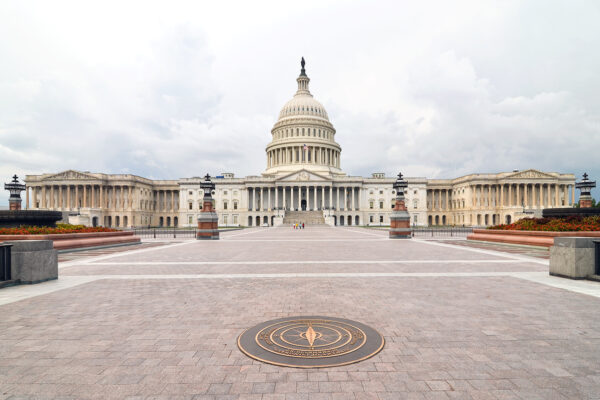
This year’s presidential election in the United States could realign its politics along the same lines we’re seeing in Europe, writes Michael Lind in Politico: between cosmopolitan, liberal internationalists on the left and nationalist, socially conservative isolationists on the right.
The prospect of a Clinton-Trump contest is something of a vindication for Lind, who argued in 2014 already that American politics were shaping up this way.
As Lind sees it, the Republican Party is now predominantly a Midwestern, white, working-class one with its geographic epicenter in the South and interior West. Country-and-western Republicans have gradually replaced country-club Republicans. As a result, the gap between the party’s economic orthodoxy and the economic interests of its voters has widened.
Lee Drutman has argued at Vox that there is something of a parallel division on the left, between a pro-corporate, socially liberal faction represented by Hillary Clinton and a far-left, antibusiness wing that is now rallying around Bernie Sanders.
What has kept those constituencies in both parties together, according to Lind, is identity politics.
Political battles over gun control, immigration and marriage equality prompted socially conservative working-class whites to migrate from the Democratic to the Republican Party, especially in the South. Socially moderate Republicans, especially on the East Coast, shifted to the Democrats for the same reason.
The left is clearly winning the culture war, with the possible exception of abortion. Transgender rights are still contentious, but every other social issue that divided the nation as recently as two decades ago is now either resolved or in the process of being resolved.
Changing places
Drutman and Lind see the dividing line shifting back to where it was before the culture war reshuffled the deck; to economic interests.
Before the most recent realignment, which took place between the 1960s and 80s, the Democrats were a coalition of big-city labor in the North and the agricultural interests of the South. The Republicans represented business and trade.
If Drutman and Lind and Ronald Brownstein, who makes a similar case in The Atlantic, are right, the parties would effectively change places from where they were half a century ago.
“The Republicans will be a party of mostly working-class whites, based in the South and West and suburbs and exurbs everywhere,” writes Lind. These voters never shared Republicans’ ideological opposition to big government. Rather they favor social insurance programs, like Medicare and Social Security, so long as they benefit people like them and their families. It’s means-tested programs for the poor they oppose.
There is more than a whiff of racism to this and these are exactly the sort of voters who back Donald Trump.
They also share his resistance to immigration, whether it is out of ethnic prejudice or a fear of economic competition. Their foreign policy can be summed up by the phrase “America First”.
Much of this goes against what forward-looking rightwingers, this website included, have advocated. We argued that a Republican Party 2.0 should accept changing demographics, economic relations and social norms; relax its views on such issues as gay rights and immigration; and tailor its economies policies to the concerns of the middle class.
If Lind is right, it will be future Democrats who more closely resemble this vision.
Cosmopolitan party
He predicts that the party “will be even more of an alliance of upscale, progressive whites with blacks and Latinos, based in large and diverse cities.” Their vision of America is not a white, Christian city on a hill but a multicultural power, interconnected with likeminded nations in Asia and Europe.
“Many younger progressives will take it for granted that moral people are citizens of the world,” writes Lind, “equating nationalism and patriotism with racism and fascism.”
The weakening of trade unions, due to automation, offshoring and — ironically — Republican legislation will liberate the Democrats to embrace free trade along with mass immigration wholeheartedly.
The emerging progressive ideology of post-national cosmopolitanism will fit nicely with urban economies which depend on finance, tech and other industries of global scope, and which benefit from a constant stream of immigrants, both skilled and unskilled.
Democratic voters’ preference will be for a safety net for the needy rather than the compulsory and universal entitlement schemes bequeathed to them by such Democratic luminaries as Franklin D. Roosevelt and Lyndon B. Johnson.
“The Democrats of 2030,” Lind predicts, “may be more pro-market than the Republicans.”
